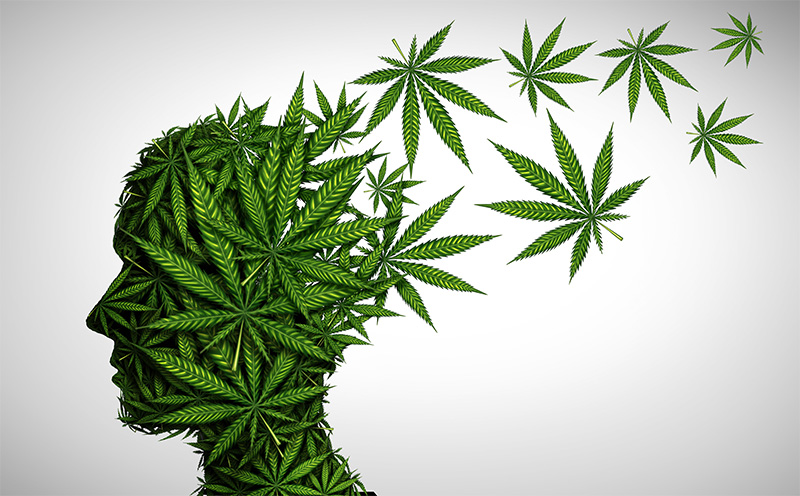Humans have used cannabis since the dawn of time. There is evidence to support that by archaeological findings. In evidence found from the Assyrian period, there is description for cannabis use and scorched cannabis seeds were also found in burial sites in India. Cannabis was used for medicinal purposes as well as in religious ceremonies (as a substance with a psychoactive effect).
Cannabis reached Europe by soldiers from Napoleon’s army who returned from Europe and was mainly used as a pain-relieving medication. Only in the 20th Century was it used as an intoxicating drug.
Prof. Mechoulam, from the Hebrew University of Jerusalem, has studied the active ingredients in cannabis. He isolated many substances that have an effect (cannabinoids).

Mainly:
THC (Tetrahydrocannabinol) – the substance with the psychedelic effect
CBD (Cannabidiol) – the substance with the mainly medicinal properties.
Prof. Mechoulam and the team of researchers that worked with him made two assumptions:
One of their assumptions was that receptors for these substances appear on the body’s cells. That assumption was based on the fact that the communication between the cells is chemical-based through receptors. And two receptors were in fact found and named CB1 and CB2 (later on, more receptors were found). The CB1 receptor is mainly found on nerve cells, while the CB2 receptor is found on digestive-system cells. THC is connected to the two receptors, since the receptor CB1 is located on nerve cells in the brain, where its psychedelic activity occurs.
The second assumption: If receptors are located on the cells, then there must be an internal substance that the body produces that is linked to these receptors. Prof. Mechoulam has in fact found two substances being produced in the body that are linked to receptors CB1 and anandamide, CB2 and AG-2. These substances were named endocannabinoids.
Normally, the endocannabinoids level in the blood is very low. They were produced in the cells and accumulate there for use when needed.

In view of these findings, the researchers have assessed that in conjunction with the immune system, which protects the body against infiltrating foreign protein, the body has a system that is assigned with protecting against damages. This system was named the endocannabinoid system.
This system consists of: CB1 and CB2 receptors.
The two neurotransmitters, anandamide and AG-2 And the enzymes that build and break down the neurotransmitters. These enzymes regulate the activity of the cannabinoid system according to the body’s need. Some findings suggest that the endocannabinoid system is involved in the protection against brain damage. The anadamide bonds with the receptor in the pain area and suppresses the pain.
In a trial that was conducted in Canada, an anandamide-like synthetic substance was given to individuals with post-trauma. It was found that the substance reduced anxiety and enabled participants to sleep and forget the traumatic experience.
The CB2 receptor’s activation by the endocannabinoid system protects the nervous system, bones, fights autoimmune diseases and more.
To access our free cannabis dosage calculator–
Click Here!!!
References
https://www.ncbi.nlm.nih.gov/pmc/articles/PMC5877694/
https://www.cfhu.org/news/the-godfather-of-cannabis-research-prof-raphael-mechoulam-celebrated-at-cannx-2020/

